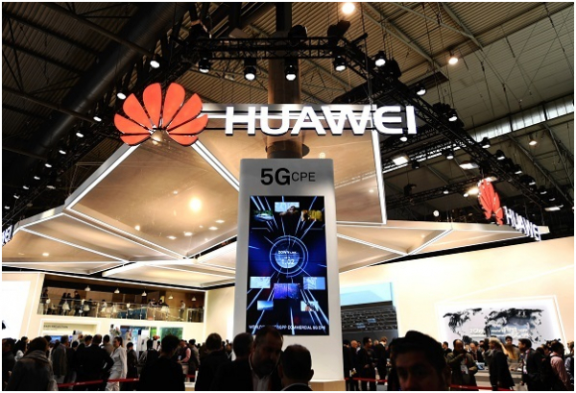[Column] LG in Dilemma between the United States and Huawei

LG Uplus uses 5G equipment from Huawei, the main target of U.S. sanctions.
William C. Hannas and James Mulvenon wrote in their book titled “Chinese Industrial Espionage: Technology Acquisition and Military Modernization” that the Chinese government was engaged in technological espionage for decades while supporting technology theft in the cyberspace.
On March 3, Reuters reported that a hacker group associated with China made multiple hacking attempts via the email server software of Microsoft while U.S. sanctions on China are in effect. Most U.S. allies are currently participating in the trade and technology sanctions for technology leakage prevention as well as peaceful relations with the United States.
By the way, LG Uplus, one of the three major South Korean mobile carriers, is currently using 5G equipment of Huawei, the main target of the sanctions. LG Uplus introduced the equipment in late 2013. U.S. President Joe Biden, who was the vice president at that time, visited South Korea in December that year and expressed his concerns over the fact. The U.S. president is currently strengthening his anti-China stance and this is increasingly becoming a burden on the South Korean government as well as LG Uplus.
The Wall Street Journal recently reported that BT Group plc, which is using Huawei equipment, signed a contract with Nokia to replace them all at an investment of US$700 million. Under the circumstances, LG Uplus is in a dilemma as its investment in 5G network exceeds two trillion won.
For the company, the best-case scenario is improved U.S.-China relations lead to the lifting of the U.S. sanctions against Huawei. Yet the protracted U.S.-China trade dispute is escalating into a technology war.
Recently, President Biden ordered a 100-day supply chain review for four key industries, including semiconductors, large-capacity batteries for electric vehicles (EVs), pharmaceuticals and critical minerals used for electronics. The order is intended to reduce reliance on Chinese companies and increase domestic production of important goods.
Threatened by the U.S. move, China has come up with a five-year plan for advancing technology that aids national security and overall development. The Wall Street Journal reported on March 8 that China plans to boost research in fields like artificial intelligence, biotech, semiconductors and quantum computing. China has seen its companies like Huawei and ZTE hobbled by U.S. trade restrictions.
It is in this context that some business watchers say that LG Energy Solution cannot be complacent about its victory in the legal battle with SK Innovation over EV battery technologies. While the U.S. International Trade Commission sided with LG Energy Solution, President Biden could overturn the ITC ruling to secure the supply chain for EV batteries.
One of Biden’s pledges is to achieve a 25% EV penetration rate by 2026. To attain this goal, more than 4 million EVs must be supplied every year. To power 4 million EVs, battery supply should reach about 300 GWh, which is more than twice the amount of EV batteries sold worldwide last year.
Currently, there are only four companies producing batteries in the United States, including two Korean companies (LG Energy Solutions and SK Innovation), one Japanese company (Panasonic), and one Chinese company (AESC). Among them, AESC’s factory in the U.S. is insignificant at 3GWh.
Under these circumstances, the Biden administration may benefit Korean battery companies to ensure a stable supply of batteries. To increase domestic EV battery production, the U.S. needs to utilize SK Innovation’s battery plant under construction in Georgia.
It is still too early to say what action the Biden administration will take after the 100-day review. Yet the technology war between the U.S. and China is expected to intensify down the road. Korean companies cannot avoid the fallout from the war as the two countries are their key markets. Yet they need to be able to address the risks.